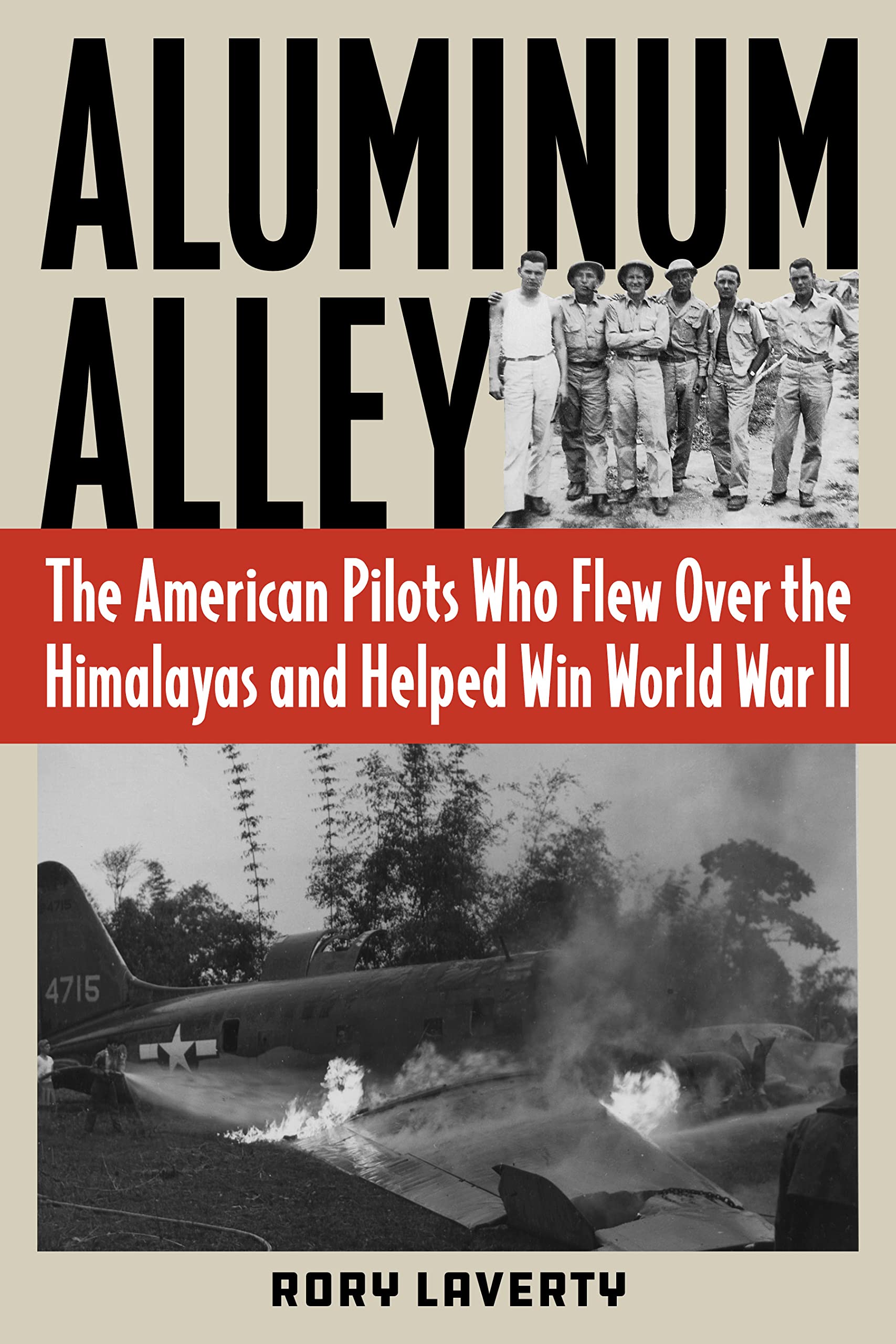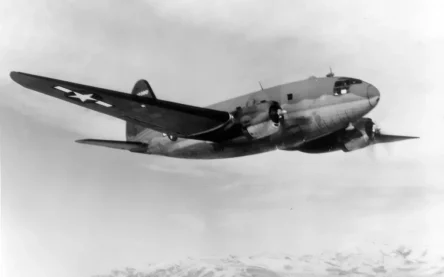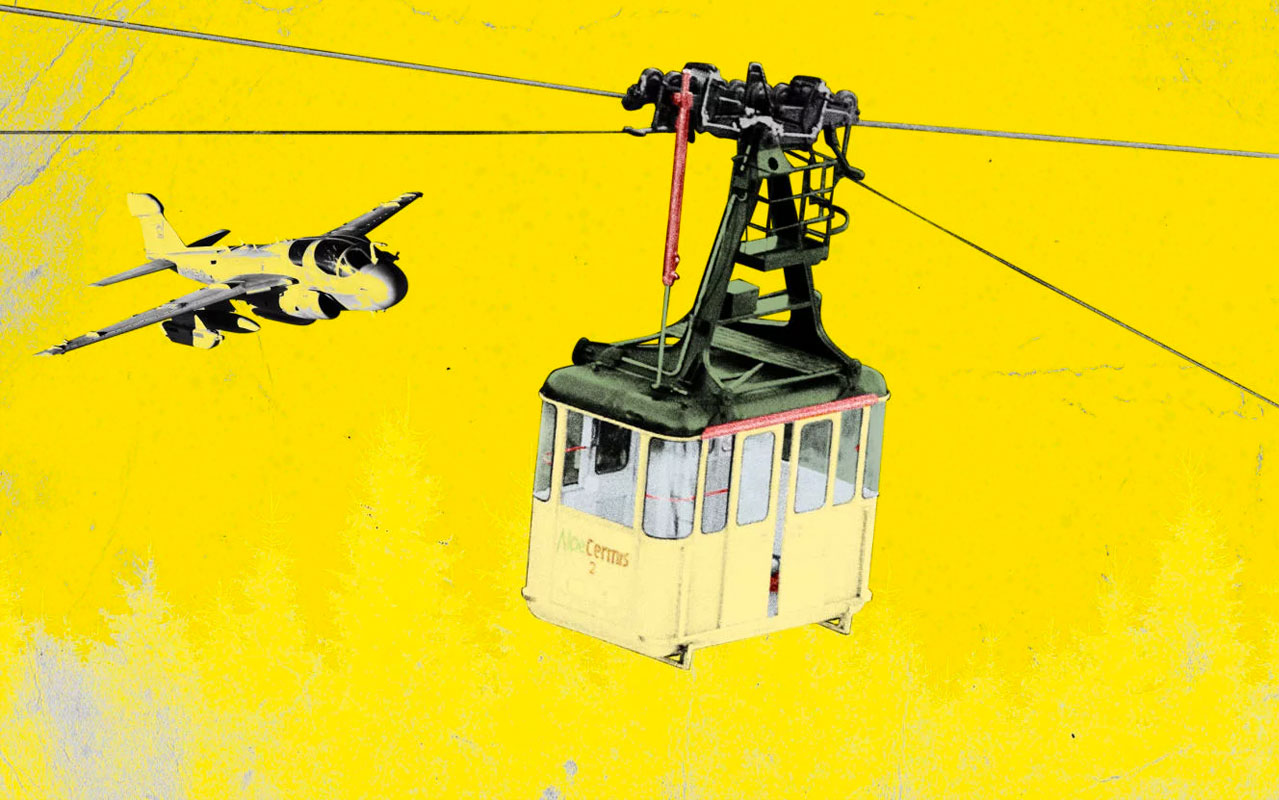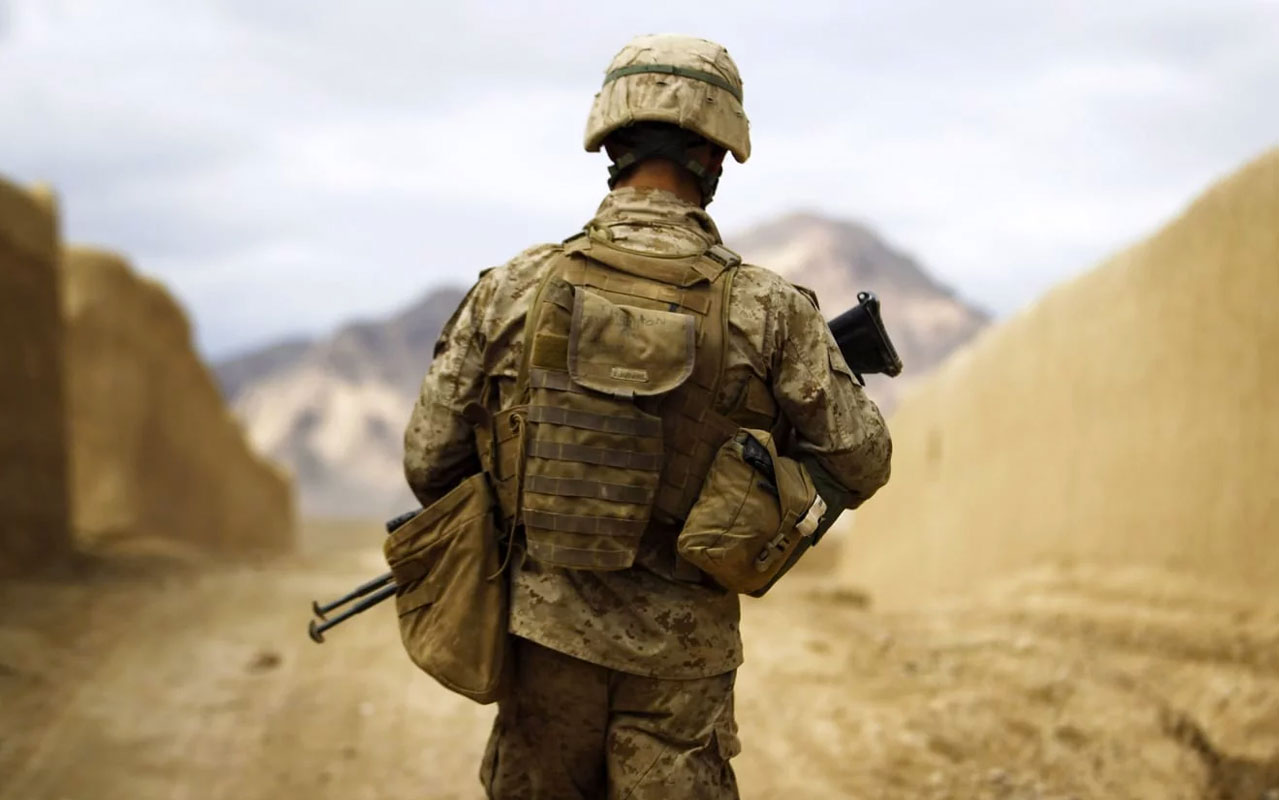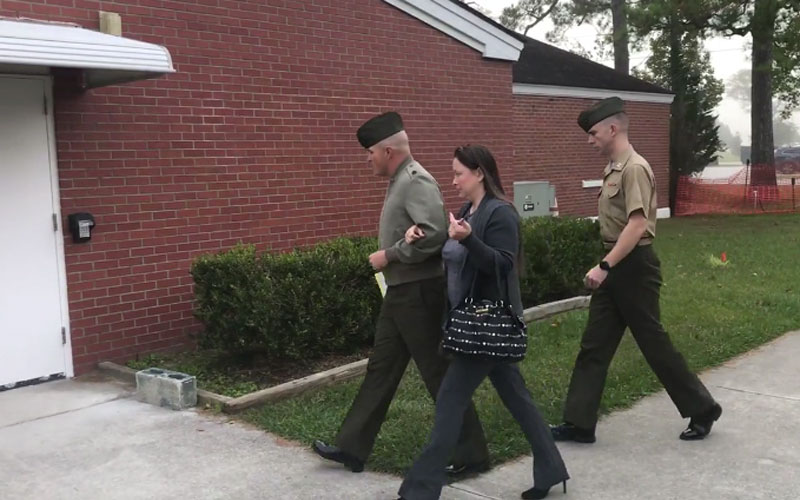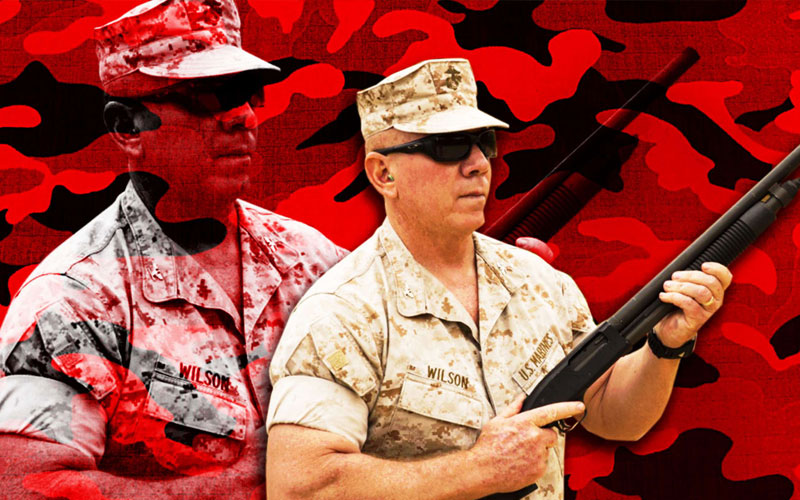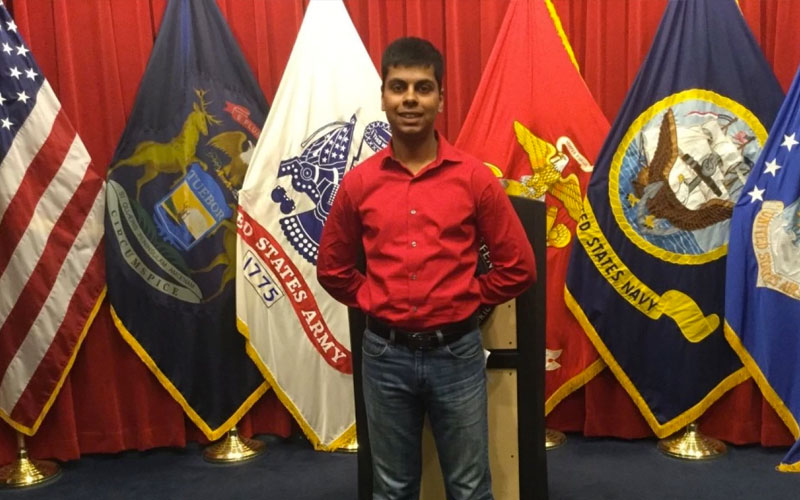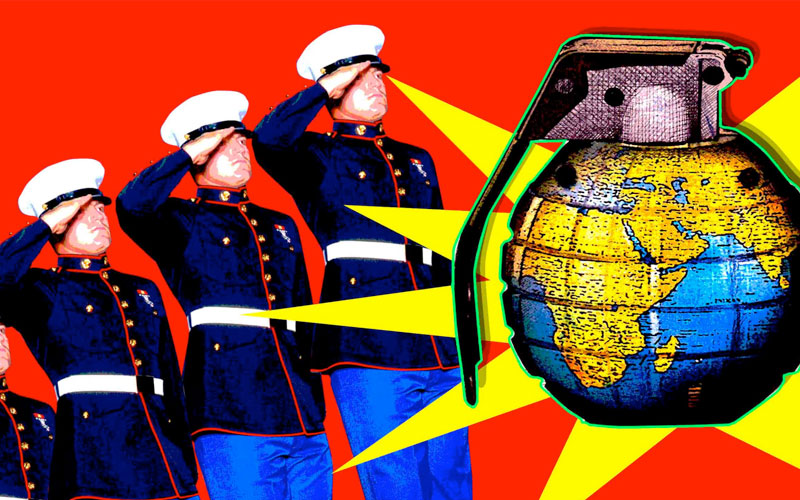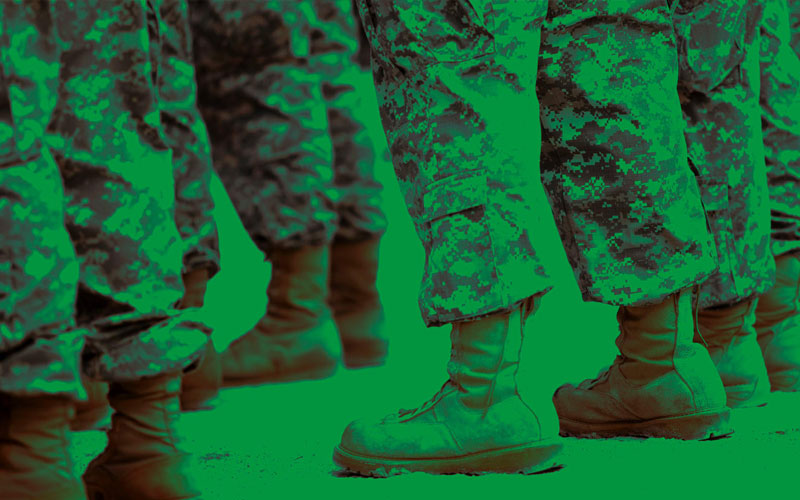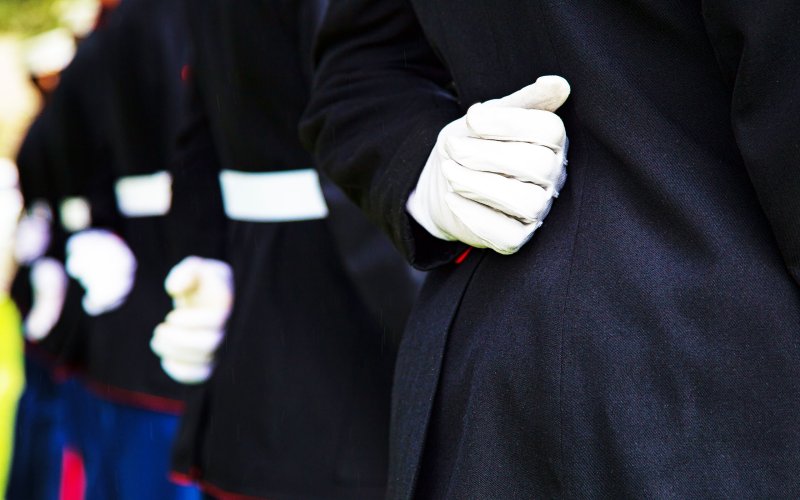Delivery Man: The Enemy-Alien Nisei Translator Who Saved his Battalion
by Rory Laverty
Hardcover – November 25, 2025
The American battalion was trapped, under siege and under fire, and one man was their best, last hope.
Delivery Man: The Enemy-Alien Nisei Translator Who Saved His Battalion in World War II is the suspenseful, tragic, and true story of a combat translator in a pioneering American special operations force, sent into the heart of a forgotten jungle war in which he fought soldiers of his own ancestry and put his life on the line to save hundreds of his brothers.
U.S. Army Sgt. Roy Matsumoto was born in Los Angeles and lived for seven years in Hiroshima. His family remained in Japan in 1929, when he returned to Southern California alone and took a job delivering groceries. Like all Japanese Americans, Roy’s life was upended by Japan’s attack on Pearl Harbor, followed by his internment by his own country – first at the Los Angeles horse-racing track on which Sea Biscuit had triumphed two years before, and then at another concentration camp in Arkansas.
In exchange for his freedom, Roy volunteered to join the US Army, which trained him and sent him into northern Burma. That’s where the American commando force known as Merrill’s Marauders braved a malarial jungle to engage a tenacious enemy force on a winning streak.
In Delivery Man, Rory Laverty masterfully chronicles the unforgettable story of Roy Matsumoto, an unsung American hero fighting in an overlooked American theater of World War II.
Aluminum Alley: The American Pilots Who Flew Over the Himalayas and Helped Win World War II
by Rory Laverty
By the time Japan attacked Pearl Harbor on December 7, 1941, China was already under siege. The Imperial military invaded and choked off every land and sea route for the young country’s resupply, and what remained of China was out of gas and withering away. So in April 1942 the United States decided to help out, by trying something entirely new and a little bit crazy.
The world’s first airlift. Over the Himalayas. Led by brilliant and stubborn American generals including Joseph Stilwell, Claire Chennault, and William Tunner, this improvised lifeline for Chiang Kai-shek’s nationalists aimed to keep more than a million Japanese troops tied up in an unwinnable occupation, far away from the brutal combat then unfolding in the Pacific.
For 42 months the American ‘Hump pilots’ flew aviation gas, ammunition, food and other life-or-death cargo from Assam, India over Burma and the eastern Himalayas and into southern China. Frequent ice storms, unpredictable Japanese air attacks, impenetrable jungles, and the often-invisible presence of 15,000 feet of granite and ice were a formidable challenge for young American pilots in bare-bones cargo planes with primitive instruments and no margin for error. One out of every three airmen who flew the Hump would not make it home.
Aluminum Alley is the true story of an unheralded group of pilots in a cursed and forgotten theater of combat, over the world’s highest mountains and deepest jungles – all to help the Allies defeat Japan in World War II. Based on interviews with survivors of the Hump and the airmen’s letters, journals, flight logs and other resources, this is narrative nonfiction with the immediacy and intimacy of memoir and the big-picture analysis of the best military history.

